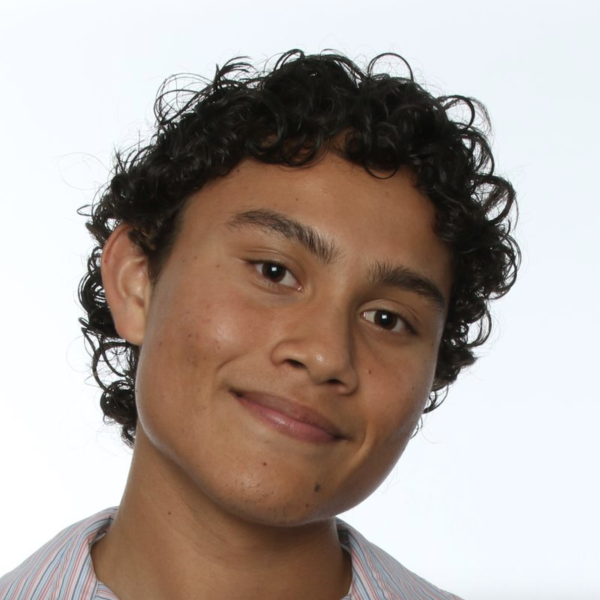According to the 2023 Health Initiatives for Peer Education (HIPE) survey results, 44% of students identify as something other than heterosexual or cisgender. With the mix of a new Queer Theater History class, the 111 students in Urban’s Gender-Sexuality Alliance (GSA) and many other queer-centric events, there is a strong presence of a queer community and culture at Urban.
Despite this, some queer students feel a lack of belonging around their sexual and gender identities at school. While the LGBTQIA+ community at Urban highlights themes of liberation, freedom and confidence, it can also fall subject to the standards of a cisgendered, white, heteronormative society.
Lindsey Bailey ‘24, who identifies as a white, cisgender, lesbian woman, said, “There [are] levels of gay privilege in the gay community at Urban, [such as one’s] race, body or [gender identity] … The closer one is to straight, the more privilege one has.” She said, “The highest level [of privilege] is [among] straight-presenting women with style, who are often bi.”
Zia DiFrancesco ‘24, who identifies as bisexual, non-binary and a woman, said “I think I fit the beauty standard pretty well. I’m definitely fortunate.” They said, “I’ve never felt like I’ve had to prove to people that I’m queer through how I dress, which is a privilege.”
However, rigid standards around race, body, gender and one’s queerness in general can leave some queer students feeling insecure and confused, unable to fit into a mold of what is deemed desirable at Urban. Alex De La Cruz ‘24, who identifies as a queer, cisgender male of color, said, “I’ve never really felt like I belong to the queer community because I feel like there’s so many aspects of myself that don’t fit into the norm, which is like white … and pretty fit.”
Some feel similarly to De La Cruz’s sentiment in terms of gender expression. “There’s a lot of pressure to make [my] identity [blend in with] cis people. The expectation becomes to package yourself in as simple of a box as possible,” said Harper Lind ‘27, who identifies as white, transgender and non-binary.
Paris Cardenas ‘24, who identifies as a non-binary, pansexual and biethnic person of color said, “[I had] to give up how queer I looked, … not because anyone was making fun of [how I express myself], [but because] it’s difficult to be a standout.”
A queer student who wished to remain anonymous due to privacy concerns said, “I feel like when I’m talking to other guys, … I don’t know how much they’re going to judge me for being femme … [or] so homosexual.”
The effect of these standards are felt among some queer students’ relationships to the Urban community. “No one has ever been explicitly homophobic to me at Urban, but when my classmate knows that I’m a lesbian, [but doesn’t know] my name, it’s hard to pretend as if they view me the same as everyone else,” said Bailey.
Many have hopes for what Urban’s queer community would look like without the standards around beauty and queerness currently in place.
Bailey said, “Why aren’t we talking about [intersectionality] more? It’s [underrepresented queer student’s] voices we are not hearing from.”
“I’d really like for students at Urban to not [make] flash judgements … and take every person as they are and get to know them for who they are,” said Lind.
Many LGBTQIA+ students want to connect and feel a sense of belonging with their sexual identities. However, many lack faith that it will happen in high school. Cardenas said, “My time will come, but now is not my time.”

!["I’ve [never] really felt like I belong to the queer community"](https://www.urbanlegendnews.org/wp-content/uploads/2023/11/QUEERCOMMUNITY-Color-1200x834.jpeg)
